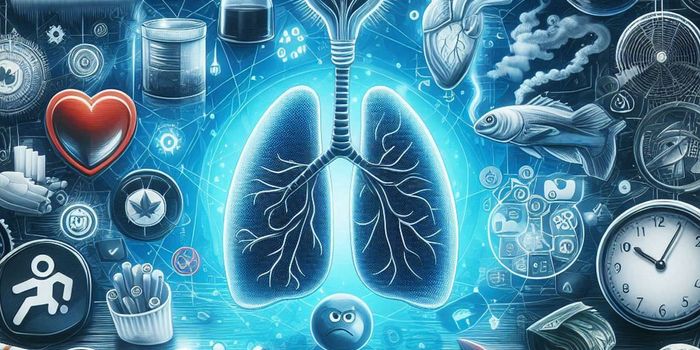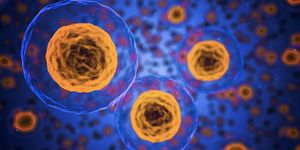Multiomics Expands Our Understanding of Mitochondrial Proteins & Diseases
Mitochondria, organelles popularly known as powerhouses, are found in every cell, and they are crucial to cell function. So when mitochondria are not functioning properly, they can cause a variety of serious symptoms, including vision problems, weakness, seizures, poor growth, or developmental and cognitive disabilities. There are around 150 mitochondrial disorders that we now know of that impact about one in 4,300 people, and these disorders could trace back to one of the roughly 1,300 proteins that compose mitochondria. Unfortunately, there is still a lot to learn about these proteins.
To address that issue, the researchers started by identifying proteins that are linked to a diverse array of biochemical processes that take place in mitochondria. The research team generated cell lines, using CRISPR-Cas9 technology to knock out the genes encoding those proteins one at a time, to study the impact each genetic knockout had on proteins, lipids, and metabolics in the knockout cells. This multiomics study was done for 66 proteins expressed in mitochondria with functions that are known and 50 of unknown function. By testing this approach with known proteins, the researchers could validate the method.
The findings have been reported in Nature, and were used to create a freely accessible app called MITOMICS (mitochondrial orphan protein multi-omics CRISPR screen).
Two proteins studied in this investigation, PIGY upstream open reading frame (PYURF), and RAB5IF have now been linked to separate mitochondrial disorders. When RAB5IF was deleted, another protein called TMCO1, which has been associated with cerebrofaciothoracic dysplasia, was disrupted. A mutation in RAB5IF was then identified in a Turkish family, who had two members with cleft lip and one individual with cerebrofaciothoracic dysplasia.
We also now know more about the function of a third gene, SLC30A9, which has been linked to Birk-Landau-Perez cerebrorenal syndrome.
"We focused primarily on the three conditions, but we found data connecting about 20 other proteins to biological pathways or processes," said co-senior study author David J. Pagliarini, Ph.D., a Professor at Washington University. The researchers are not able to follow up on every one of those leads for this study, but the information is now "...out there for us and others to test."
This dataset could help scientists learn more about diagnosing mitochondrial disorders, added Pagliarini. As researchers learn more about the function of each protein, it opens up new therapeutic opportunities. "Our long-term goal is to understand mitochondria at sufficient depth to be able to intervene therapeutically, which we can't do yet."









